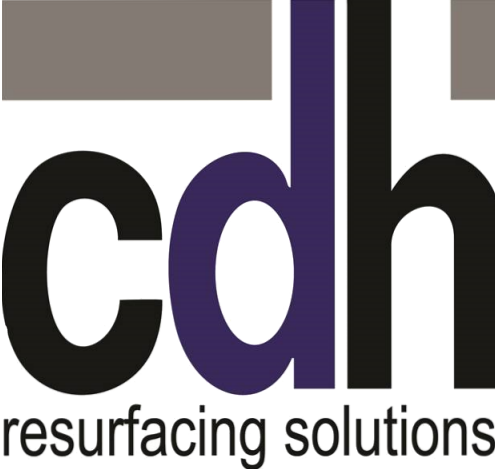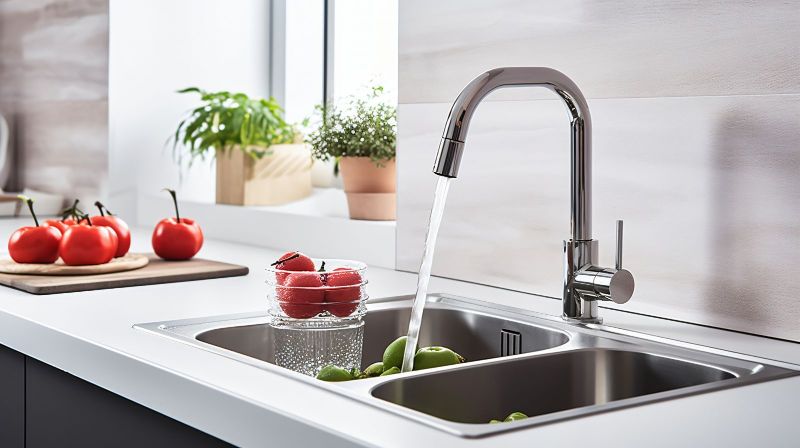The kitchen sink stands as a cornerstone of daily chores and culinary adventures. Over time, its once-gleaming surface can become worn, stained, or outdated. However, the solution to restoring its former glory might be simpler than you think. Sink resurfacing—a cost-effective, eco-friendly process—can breathe new life into your kitchen without the need for a complete replacement.
Understanding Sink Resurfacing
Sink resurfacing, also known as refinishing or reglazing, involves applying a new surface coating to the existing sink. This method allows for the restoration of both functionality and aesthetics, addressing chips, scratches, stains, and outdated colors. It is a viable option for various sink materials, including porcelain, enamel, stainless steel, and acrylic.
Benefits of Sink Resurfacing
- Cost-Effective Solution: Sink resurfacing is significantly more affordable than replacing the entire sink. It eliminates the expenses associated with purchasing a new sink, hiring plumbers, and potential alterations to the countertop.
- Time-Efficient Process: Unlike replacement, which may take days to complete, resurfacing can often be done within a day. Minimal disruption to your daily routine makes it an attractive choice for busy households.
- Eco-Friendly Option: By refurbishing rather than disposing of the old sink, resurfacing contributes to sustainability efforts by reducing waste. It also lessens the environmental impact of manufacturing and disposing of a new sink.
- Customization Possibilities: Sink resurfacing allows for color changes and customization, offering homeowners the chance to update their kitchen aesthetics without a full renovation.
The Resurfacing Process
Professional sink resurfacing involves several meticulous steps:
- Preparation: Thorough cleaning and degreasing of the sink surface to ensure proper adhesion of the new coating.
- Surface Repair: Repairing any chips, scratches, or damage on the sink surface to achieve a smooth finish.
- Priming: Applying a bonding agent to enhance adhesion of the new coating.
- Application: Spraying or brushing the specialized coating onto the sink surface.
- Curing: Allowing the coating to dry and cure completely, ensuring durability and longevity.
Maintaining a Resurfaced Sink
After resurfacing, maintaining the sink’s pristine appearance is relatively simple. Avoid abrasive cleaners and harsh chemicals that could damage the new surface. Instead, use mild, non-abrasive cleaners and soft cloths for regular cleaning. Following these practices will help preserve the renewed shine and finish for years to come.
When to Consider Sink Resurfacing
Sink resurfacing is an excellent option in various situations:
- Surface Damage: If your sink shows signs of wear, such as scratches, chips, or stains, resurfacing can restore its appearance.
- Style Change: When remodeling or updating your kitchen, changing the sink's color or finish without replacing it entirely is feasible through resurfacing.
- Budget Constraints: For those seeking an affordable solution to rejuvenate their kitchen, resurfacing offers significant savings compared to replacement.
Choosing Professional Resurfacing Services
While DIY resurfacing kits are available, achieving a professional-quality finish requires expertise and specialized equipment. Hiring experienced professionals ensures a durable, high-quality result. Research and select reputable resurfacing services with a proven track record for delivering excellent outcomes.
Sink resurfacing presents a practical, eco-friendly, and cost-effective solution for revitalizing your kitchen. Its ability to transform an aging or damaged sink into a sparkling, like-new fixture offers homeowners an attractive alternative to costly replacements. By considering sink resurfacing, you not only breathe new life into your kitchen but also contribute to sustainable living practices—a win-win for functionality, aesthetics, and the environment.


 Facebook
Facebook
 Google
Google